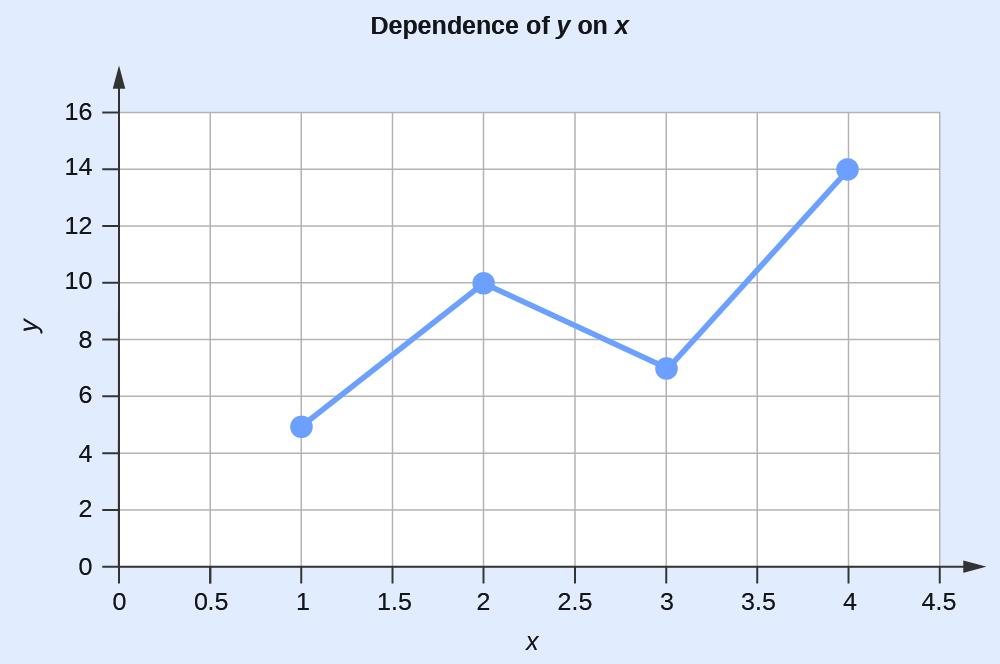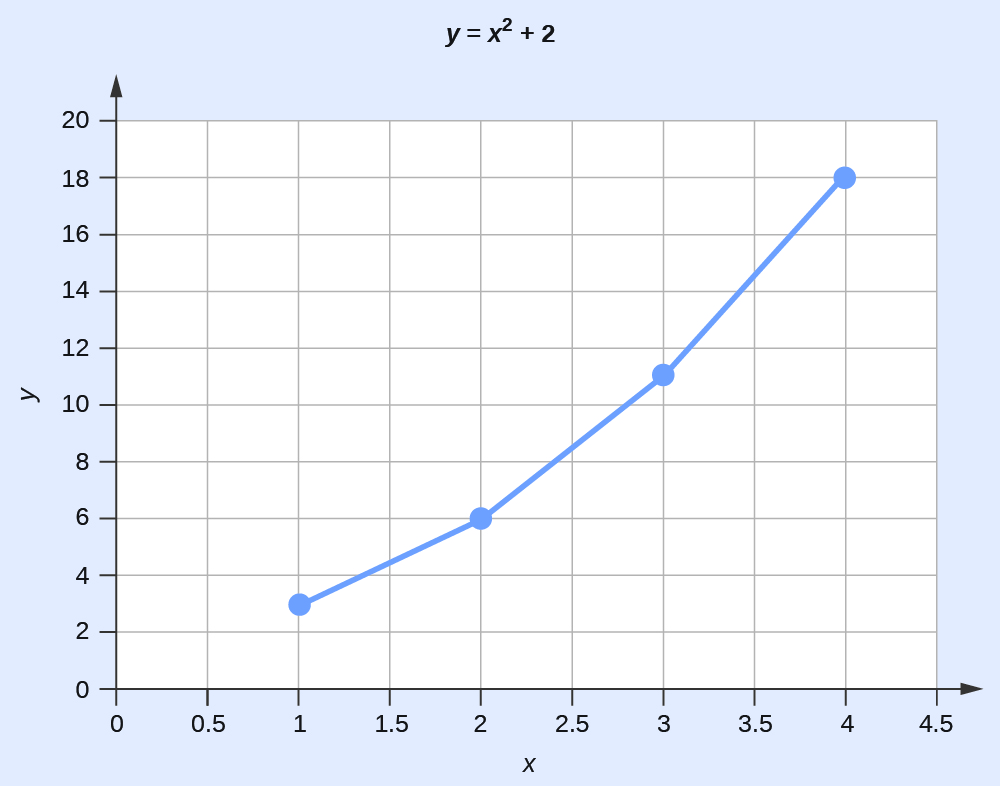| << Chapter < Page | Chapter >> Page > |
The importance of significant figures lies in their application to fundamental computation. In addition and subtraction, the sum or difference should contain as many digits to the right of the decimal as that in the least certain of the numbers used in the computation (indicated by underscoring in the following example).
In multiplication and division, the product or quotient should contain no more digits than that in the factor containing the least number of significant figures.
When rounding numbers, increase the retained digit by 1 if it is followed by a number larger than 5 (“round up”). Do not change the retained digit if the digits that follow are less than 5 (“round down”). If the retained digit is followed by 5, round up if the retained digit is odd, or round down if it is even (after rounding, the retained digit will thus always be even).
The common logarithm of a number (log) is the power to which 10 must be raised to equal that number. For example, the common logarithm of 100 is 2, because 10 must be raised to the second power to equal 100. Additional examples follow.
| Logarithms and Exponential Numbers | ||
|---|---|---|
| Number | Number Expressed Exponentially | Common Logarithm |
| 1000 | 10 3 | 3 |
| 10 | 10 1 | 1 |
| 1 | 10 0 | 0 |
| 0.1 | 10 −1 | −1 |
| 0.001 | 10 −3 | −3 |
What is the common logarithm of 60? Because 60 lies between 10 and 100, which have logarithms of 1 and 2, respectively, the logarithm of 60 is 1.7782; that is,
The common logarithm of a number less than 1 has a negative value. The logarithm of 0.03918 is −1.4069, or
To obtain the common logarithm of a number, use the log button on your calculator. To calculate a number from its logarithm, take the inverse log of the logarithm, or calculate 10 x (where x is the logarithm of the number).
The natural logarithm of a number (ln) is the power to which e must be raised to equal the number; e is the constant 2.7182818. For example, the natural logarithm of 10 is 2.303; that is,
To obtain the natural logarithm of a number, use the ln button on your calculator. To calculate a number from its natural logarithm, enter the natural logarithm and take the inverse ln of the natural logarithm, or calculate e x (where x is the natural logarithm of the number).
Logarithms are exponents; thus, operations involving logarithms follow the same rules as operations involving exponents.
Mathematical functions of this form are known as second-order polynomials or, more commonly, quadratic functions.
The solution or roots for any quadratic equation can be calculated using the following formula:
The two roots are therefore
Quadratic equations constructed on physical data always have real roots, and of these real roots, often only those having positive values are of any significance.
The relationship between any two properties of a system can be represented graphically by a two-dimensional data plot. Such a graph has two axes: a horizontal one corresponding to the independent variable, or the variable whose value is being controlled ( x ), and a vertical axis corresponding to the dependent variable, or the variable whose value is being observed or measured ( y ).
When the value of y is changing as a function of x (that is, different values of x correspond to different values of y ), a graph of this change can be plotted or sketched. The graph can be produced by using specific values for ( x , y ) data pairs.
| x | y |
|---|---|
| 1 | 5 |
| 2 | 10 |
| 3 | 7 |
| 4 | 14 |
This table contains the following points: (1,5), (2,10), (3,7), and (4,14). Each of these points can be plotted on a graph and connected to produce a graphical representation of the dependence of y on x .

If the function that describes the dependence of y on x is known, it may be used to compute x,y data pairs that may subsequently be plotted.
| x | y = x 2 + 2 |
|---|---|
| 1 | 3 |
| 2 | 6 |
| 3 | 11 |
| 4 | 18 |


Notification Switch
Would you like to follow the 'Chemistry' conversation and receive update notifications?